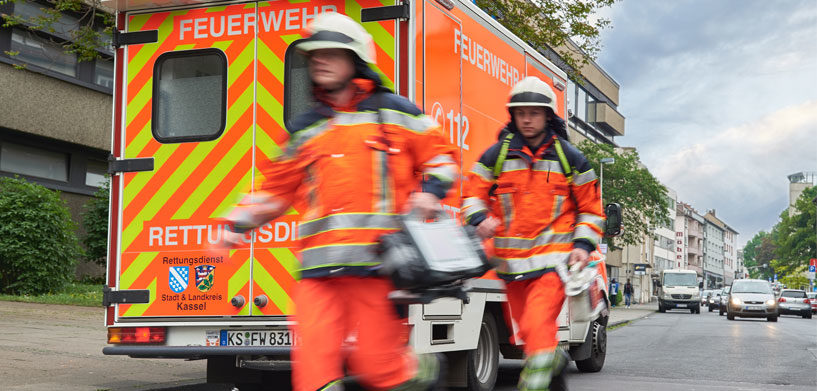When complex emergencies happen, public safety agencies encounter a deluge of data at every level. In emergency communications centers, information pours in simultaneously from callers and first responders on the scene. It’s easy for call-takers and dispatchers to be quickly overwhelmed, resulting in key details being lost in the shuffle.
As comms center personnel know, when an emergency occurs, there are no second chances to connect the dots. After-the-fact analyses can shed light on missed links that could have ended or reduced the severity of a developing, complex emergency.
Modern dispatch tools equipped with the latest technologies have the power to transform a comms center due to their proactive vs. reactive approach. For example, assistive artificial intelligence (AI) and machine learning – when integrated with a computer-aided dispatch system – can uncover key insights sooner by finding connections within historic and live data. This proactive approach not only reduces stress on comms center personnel, but also enhances and informs an agency’s response to an emergency.
Call-takers & dispatchers
During emergencies, call-takers and dispatchers face heavy call loads and rising stress levels, which inhibit their performance. They also worry about making errors and missing critical connections between events. Working continuously and autonomously in the background of a computer-aided dispatch system, assistive AI acts as a second set of eyes by alerting users when it identifies relevant links between calls or incidents. This allows call-takers and dispatchers to make timelier, better-informed decisions and share critical insights that can help first responders in the field stay safe.
Dispatch coordinators & tactical dispatchers
When planning a response to a complex emergency, dispatch coordinators and tactical dispatchers often rely on tedious monitoring and simple searches within a computer-aided dispatch system, as well as personal experience. This makes it hard to quickly spot rapid-onset events and act proactively and efficiently. When part of a computer-aided dispatch system, assistive AI’s ability to immediately identify connections and bring them to light earlier can enhance assessment and ensure an effective response.
Analysts in intel & tactical units
The manual monitoring of videos, alarms, and common operating pictures (COPs) is often focused on individual events, and is not always reliable. Analysts need access to real-time information, which is difficult given the lag between logging events in a computer-aided dispatch system and their availability for analysis. While the information is invaluable for detecting patterns and trends in past events, it’s not intended for real-time analysis and decision-making.
Assistive AI within a computer-aided dispatch system mines a vast amount of information in real time, giving analysts immediate access to intelligence and transforming their efforts from reactive to proactive.
Conclusion
With earlier detection and action, public safety agencies can improve outcomes and speed recovery while reducing impacts on communities.
A transformative tool, assistive AI can quickly illuminate important details and connections that could have otherwise been overlooked, helping to resolve complex emergencies sooner and save lives in the process. For more information, check out our infographic.
Enjoy this post? Subscribe to our blog and have industry insights delivered right to your inbox each week. Subscribe now.
















